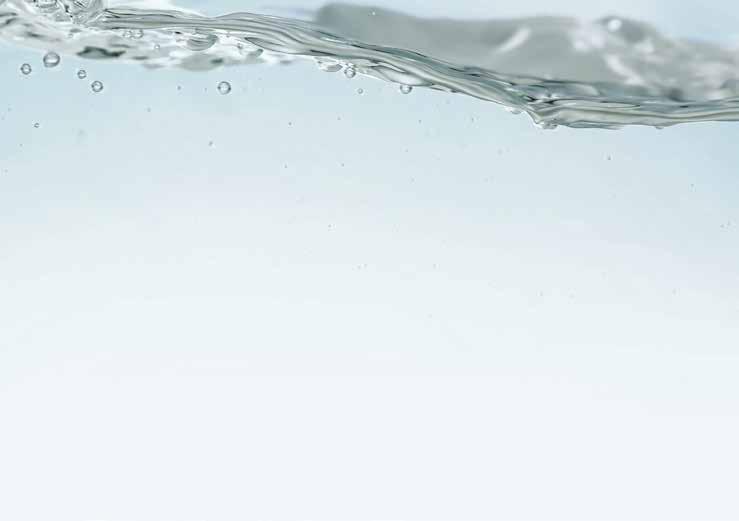46 Industry Review
Innovation opportunities on shrimp farms New technology and innovations can have tangible, lasting impact on an industry trending towards energy and cost efficiency with less risks. By Benedict Tan and Dylan Howell
M
uch like the algae-enriched water of many a shrimp pond limits visibility, the fragmentation and limited information in the global shrimp industry also hides the numerous challenges faced by shrimp farmers. The sheer scale of the USD70 billion global shrimp market warrants more attention to solve these issues. The species with the highest value and the largest volume traded is Litopenaeus vannamei. Valued at USD 30.2 billion, this species, commonly known as whiteleg shrimp, was traded in 2018, at more than twice the total value of the next most traded crustacean red swamp crawfish. At an average USD7.5/kg, 5 million tonnes of whiteleg shrimp were traded in 2018. Between January and May 2019, three HATCH team members travelled to the top six leading shrimp producing countries to conduct an in-field survey of equipment and technology usage in grow-out shrimp farms. These were China, Ecuador, India, Indonesia, Thailand and Vietnam. HATCH has vested interests in shrimp because it is a business accelerator and venture platform launched to fuel innovation in the aquaculture industry. It helps startups become investment and market ready, thereby bridging the gap between innovative ideas and their commercialisation. The full report is available at www. shrimpfarm.tech With support of the Walton Family Foundation, the study had three main goals: compare the 10 technology areas across the six regions, identify technology gaps, and highlight innovation opportunities. Entrepreneurs could gain better visibility of the challenges in the industry and potentially engage HATCH. The report could also facilitate learnings across different countries. In total, the team visited 86 farms wherein 81 verbal interviews were conducted.
This article summarises findings of the study and the potential solutions to address existing challenges.
Infrastructure
Modern farmers are gradually preferring lined ponds to substantially increase biomass carrying capacity, but these liners are expensive and not always as durable as claimed. In lined ponds, water and waste may leak through tears in the lining and remain stagnant under the pond lining on top of soil. The stagnant water and moist soil become anoxic, producing toxic gases. Subsequently, these toxic gases diffuse back into the shrimp pond though the damaged lining and trigger shrimp stress and mortality. Already working on thin margins, farmers face additional costs of removing the anoxic soil and replacing/ repairing liners between crop cycles. As a solution, the new woven and flexible geomembrane plastic liners, though available for purchase, are logistically or financially inaccessible to most. This is a new material in the market which farmers, especially in China, are adopting. The material is stronger, more durable and easier to fix, according to farmers using them. Thus, there is an opportunity of wider distribution of affordable and durable liners. New technology to monitor the liquid and gas below their pond linings could also help farmers plan for repairs. Separately, improvements in nursery practices and any technological advancement will increase inclusion of on-site nurseries in farm infrastructure. Innovations that help more farmers to add nursery systems to their current operations will overall be beneficial.
Before and after photo of the construction of Mayank Aquaculture's shrimp hatchery and nursery facility in Surat, Gujarat state, India. Farms on the West coast in Surat, now can get post larvae locally from Dr Manoj Sharma's facility instead of having to buy from hatcheries in the East coast.
January/February 2021 AQUA Culture Asia Pacific










